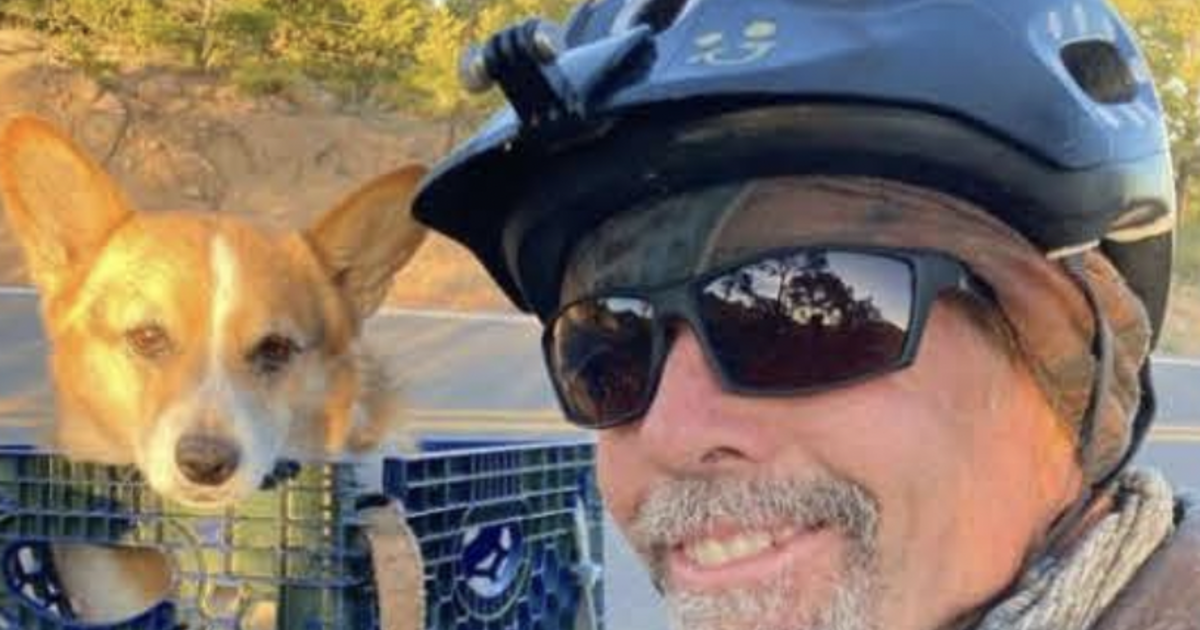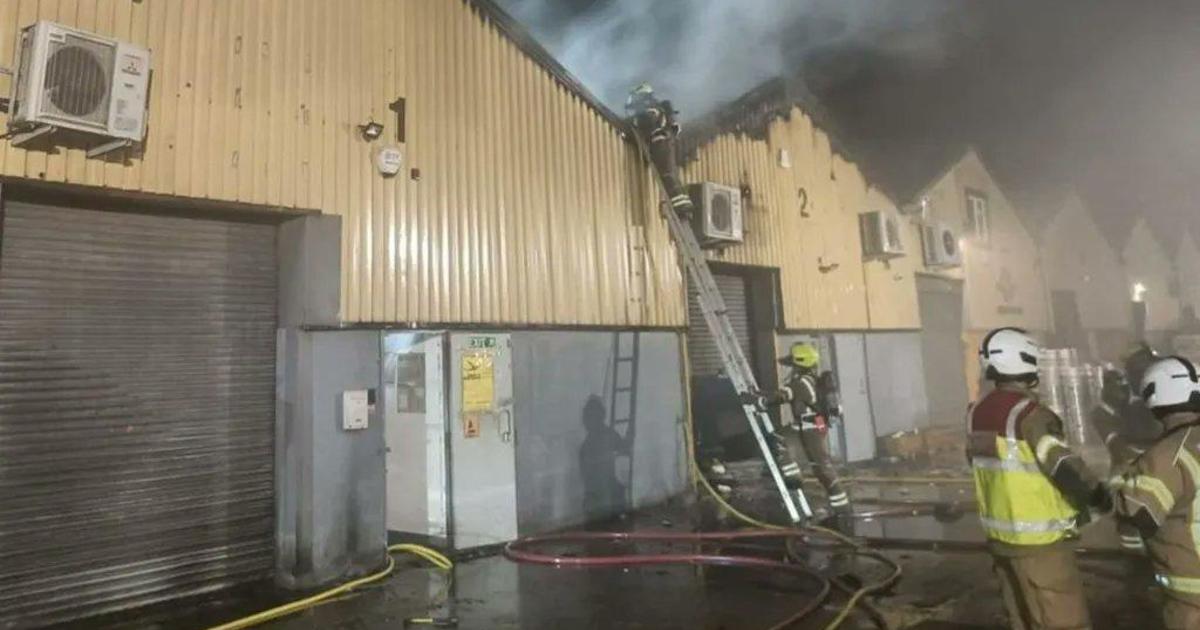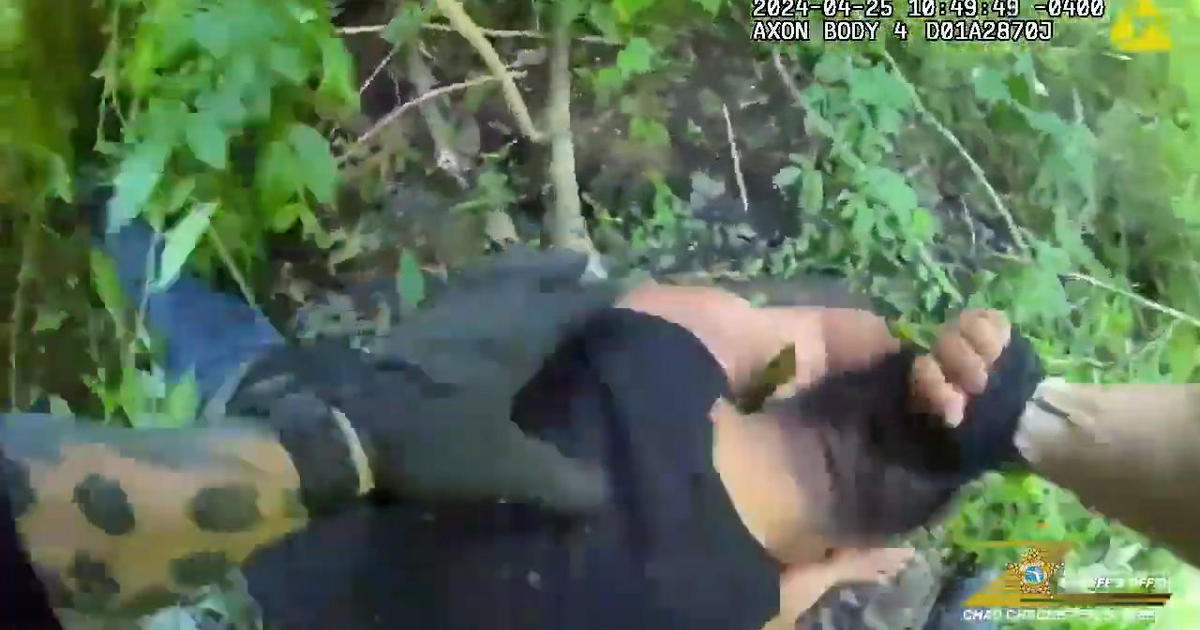Remains found on Indiana farm in 1996 identified as 9th presumed victim of suspected serial killer: "What are the odds?"
Indiana authorities have identified an Indianapolis man who vanished in 1993 as the ninth presumed victim of a long-deceased businessman suspected in a string of killings in the 1980s and 1990s, a coroner said Tuesday. The news comes after the long-missing man's family urged a renewed effort to identify charred bones and fragments found on the suspect's estate.
A bone that was recovered in 1996 on Herbert Baumeister's Indianapolis-area property was identified through forensic genetic genealogy testing as remains of Allen Livingston thanks to a DNA swab sample his mother provided, Hamilton County Coroner Jeff Jellison said.
Livingston would have been 27 when he was reported missing to Indianapolis police in August 1993, the coroner said. According to the Doe Network, Livingston disappeared on the same day as another one of Baumeister's alleged victims, Manuel Resendez, whose body was also found buried on Baumeister's estate
His identification makes Livingston the ninth presumed victim of Baumeister to be identified by investigators from among roughly 10,000 charred bones and bone fragments that were found at Baumeister's sprawling property, Jellison said.
Baumeister was 49 when he killed himself in Canada in July 1996 as investigators sought to question him about the human remains discovered at Fox Hollow Farm, his 18-acre estate in Westfield, a Hamilton County city that's a few miles north of Indianapolis.
Investigators believed Baumeister, a married father of three who frequented gay bars, lured men to his home and killed them. By 1999, authorities had linked him to the disappearance of at least 16 men since 1980, including several whose bodies were found dumped in shallow streams in rural central Indiana and western Ohio.
Jellison announced a renewed effort last year to identify the charred bones and fragments by asking relatives of young men who vanished between the mid-1980s and the mid-1990s to submit DNA samples. He said investigators believe the bones and fragments could represent the remains of at least 25 people.
Livingston's family prompted the renewed identification effort, Jellison said, when one of his cousins called him last year and said his family believed Livingston may have been among the remains found at Baumeister's property. Jellison said the cousin told him Livingston's mother was ailing "and the family would like to provide her with some closure."
Jellison said he marvels at the fact that Livingston's remains were the first to be identified from among 44 individual bones or fragments that have since been sent to the Indiana State Police Laboratory for analysis to extract DNA.
"What are the odds, out of 10,000 remains? Out of 10,000, we selected 44 and the first identification is a person from the family that initiated this whole thing," he said. "Where does that come from?"
Jellison said he called Livingston's mother on Monday to deliver the news after staff from the state police laboratory informed him of their success in identifying the bone as belonging to her son.
"Yesterday was an emotional day in our office," he said. "We identified a person who had been missing for 30 years. That person is likely a murder victim. So our first reaction was to celebrate the success of what we had done, but we very quickly turned to the stark reality that we've got another murder victim."
Jellison said many of the thousands of bones and fragments recovered from Baumeister's property were both burned and crushed. For investigations that are reliant on DNA, he said, "that's probably the two worst things that you can do to remains."
During the original investigation in the 1990s, 11 human DNA samples were extracted from bones and bone fragments. Eight of those people, all young men, were identified and matched to DNA samples, with Livingston now the ninth to be identified, Jellison said.
Four additional DNA profiles have been developed from the bones and fragments, and work is underway to compare those with DNA samples provided by relatives of other missing men, he said.
So far, more than 30 families have provided DNA samples, and Jellison hopes other families will submit additional samples.
"If you have someone missing from the 1980s to the middle 1990s, please contact us," he said, "because we don't know the reach of this crime."
CBS affiliate WTTV reported the case began in June 1996 when Baumeister's 15-year-old son discovered a human skull about 60 yards away from the home.
The investigation began while Baumeister and his wife of 24 years were in the middle of divorces proceedings, WTTV reported. The day after their son found the bones, Baumeister's wife was granted an emergency protective order and custody to keep him away from her and the three children.
At the time, Baumeister explained away the discovery, saying it was part of his late father's medical practice, the station reported.
Three days after the boy discovered the remains, more remains were found by Hamilton County firefighters, perplexing investigators, the station reported.
"It's an unusual spot to find bodies," then-Sheriff Joe Cook is quoted as telling The Indianapolis Star.
Anyone who believes they are a relative of a missing person who may be connected to the case is asked to contact the Hamilton County Coroner's Office.



